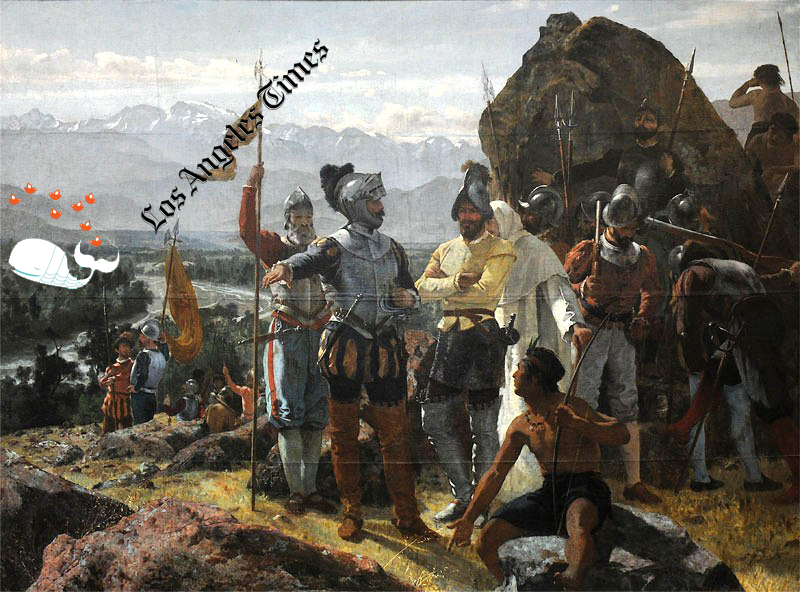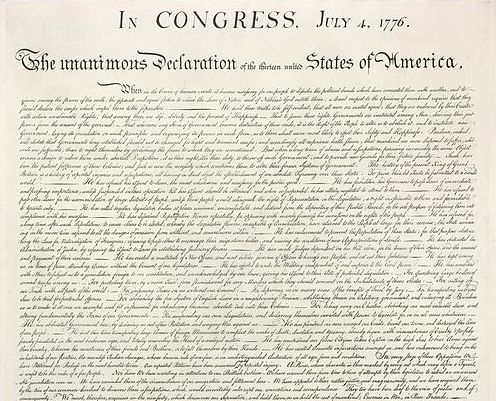Sandra Bland’s life ended when she met a wall of misogynistic racism centuries in the making. Guest post by Maria Jackson.
Sandra Bland was making her way through Texas, having just accepted a position at her Alma Mater, Prairie View A&M University, when she was pulled over, supposedly for changing lanes without signaling. Detecting that she was less than pleased, Trooper Encinia asked Bland what was “wrong”. After Bland responded in a very clear manner, Encinia described Bland as “combative and uncooperative”.
As if Bland should have greeted his traffic stop with smiles and handshakes. As if being irritable and not prostrate is a crime. When she declined to extinguish her cigarette and leave her vehicle, Encinia threatened to pull her out of the car and “light [her] up” with his taser.
After making a phone call and eventually being able to post bail, Bland was found dead in her cell.
What happened to Sandra Bland is something that has been happening for a long time, continues to happen, and will happen again.
However, this is more than a matter of the long history of suspicious deaths and sketchy police stops. There’s another context that makes it easy to get away with doing those things — especially to Black women in America.
It takes bricks to build a wall. Dozens and dozens of hardened clay pieces fitting together precisely. These bricks don’t mean much independently, but when affixed to another the walls they build can protect, defend, or deter. These walls can stand — impenetrable — for multiple generations, through hundreds of years, in near permanence.
Sandra Bland was, in part, the victim of a culture that, brick by brick, had assembled stereotypes of Black women as angry, aggressive, threatening — something to be contained forcibly. It is that wall, part of the foundation underlying Anti-Blackness, that continues to dominate our daily lives — and daily deaths.
Each week, in the news, even in “pop culture,” you can see the bricks being laid and the wall growing ever higher, even in a supposedly post-racial society.
When actress Amandla Stenberg was accused of “attacking” Kylie Jenner and being an “angry black woman”, that was a recent brick. Another brick was set in place when Nicki Minaj correctly called out the racist preferences of MTV and the VMAs but various media outlets instead depicted her as an angry, ungrateful, attacking bully (see AFD essay➚).
There are so many bricks being produced to support American racism and misogynoir against Black women, that there are even some left over to hurl. Like all stonings, those bricks are meant to silence. Ever since Sandra Bland’s murder, the same old bricks have been thrown at her corpse, attempting to bruise and sully her name to make her humanity unrecognizable.
Yesterday, Bland’s death was ruled ‘suicide by hanging’. The announcement of these findings were coupled with toxicology reports of marijuana found in her blood. However, without results that speak to how long ago Bland smoked or ingested the drug, Warren Diepraam, the first assistant district attorney of Waller County, felt free to hypothesize (rather implausibly) that it was “possible that it could have been smoked in the jail.”
Brick, flung.
Like me, Bland was searching for meaning. Like me, Bland had reportedly suffered from joblessness. Like me, Bland was was sick and tired institutional and systemic racism. Like me, Bland was a Black American Millennial. She was connected to a community of like minds who support #BlackLivesMatter. Bland made videos expressing her frustration with racism and gave voice to the movement.
The bricks that build the walls that divide us, crush us. Bland and I used the same hashtags and technology to talk about the sorrow and rage felt at the deaths of black men and women at the hands of those (supposedly) sworn to serve and protect. No one wakes up expecting to become a hashtag at the end of the day, but now we #SayHerName too: Sandra Bland.
Guest essayist Maria Jackson is a thirty-something, 4th generation Georgia Peach who writes for Shakefire.com and can be heard trading opinions and laughter on the Nerdgasm Noire podcast, with Arsenal For Democracy columnist De Ana and others. Co-owner and full time fatshionista for luvfattax.com.











